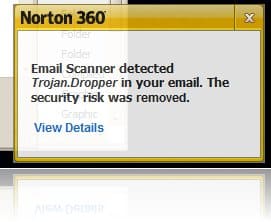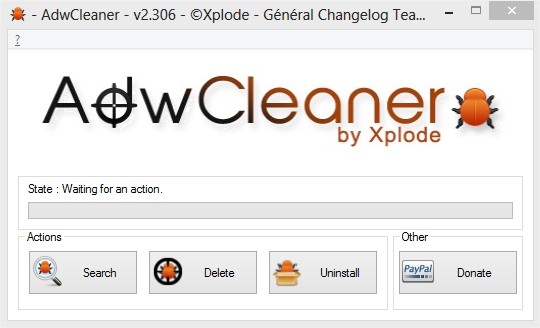Note: This is a guest post written by Parker Hansen

The timeline begins in 1971 with the Creeper virus that is considered to be the first virus that hit the ARPANET–the forerunner of the global Internet functioning today. While the purpose of the Creeper was to demonstrate a mobile application not designed to damage systems, it is accepted as the first known computer virus.
The next significant virus jumps forward 10 years on the timeline with an Apple DOS virus written by a 15-year-old that displayed a short poem every 50th boot of the operating system. Five years later the first virus for the MS-DOS operating system known as Brian was created by two brothers in Pakistan meaning to protect medical software they had written from being pirated.
In 1987 the first deliberately malicious virus is noted named The Jerusalem Virus that spread worldwide infecting .com, .exe, .sys, .bin and .pif files and eventually crippling the infected computers. After this virus a rash of truly malicious viruses are noted including the Morris Worm in 1988 that completely crippled NASA’s computers. The timeline shows key shifts in the virus types tracing how malware evolved in complexity, for example in 1995 the Concept virus is considered to be the first macro virus that embedded into Microsoft Word documents and would trigger whenever the document was opened leading to the now well-known dangers of opening unexpected email attachments.
Other viruses did not activate immediately but would lie in wait for a specific event or date such sat the 1991 Michelangelo Virus which would activate on March 6, the birthday of Michelangelo. While these types of viruses do not leave an overt message, there is a subtle message being left by the date chosen. While the 1980s show an increase in virus activity it isn’t until the 2000s that a large increase is seen.
Given the graphic nature of the timeline, it is visually easy to see a jump in virus propagation starting in 2000 with the notable ILOVEYOU virus that was spread in email attachments and cost an estimated $15 billion in cleanup costs. Other notable years show a jump to mobile phones with the 2004 Cabir and the first Mac OS X virus in 2006 called Leap-A worm.
The sophistication of viruses grew to key logging and trojans as ways to steal users passwords, banking information and even to holding users information hostage. The newest virus on the timeline does just that, Ransom.BE78 installs itself automatically and takes the user’s personal data hostage until they pay the virus’s operators. The History of Malware timeline is an excellent visual representation of the development of computer and phone operating system viruses that also gives basic information about each significant virus it touches on allowing the viewer to see the full scope of how malware has developed over the years.
Note: This guest post was written by Parker Hansen. He is an internet marketer and self proclaimed computer wizard. He enjoys graphic design in his spare time


